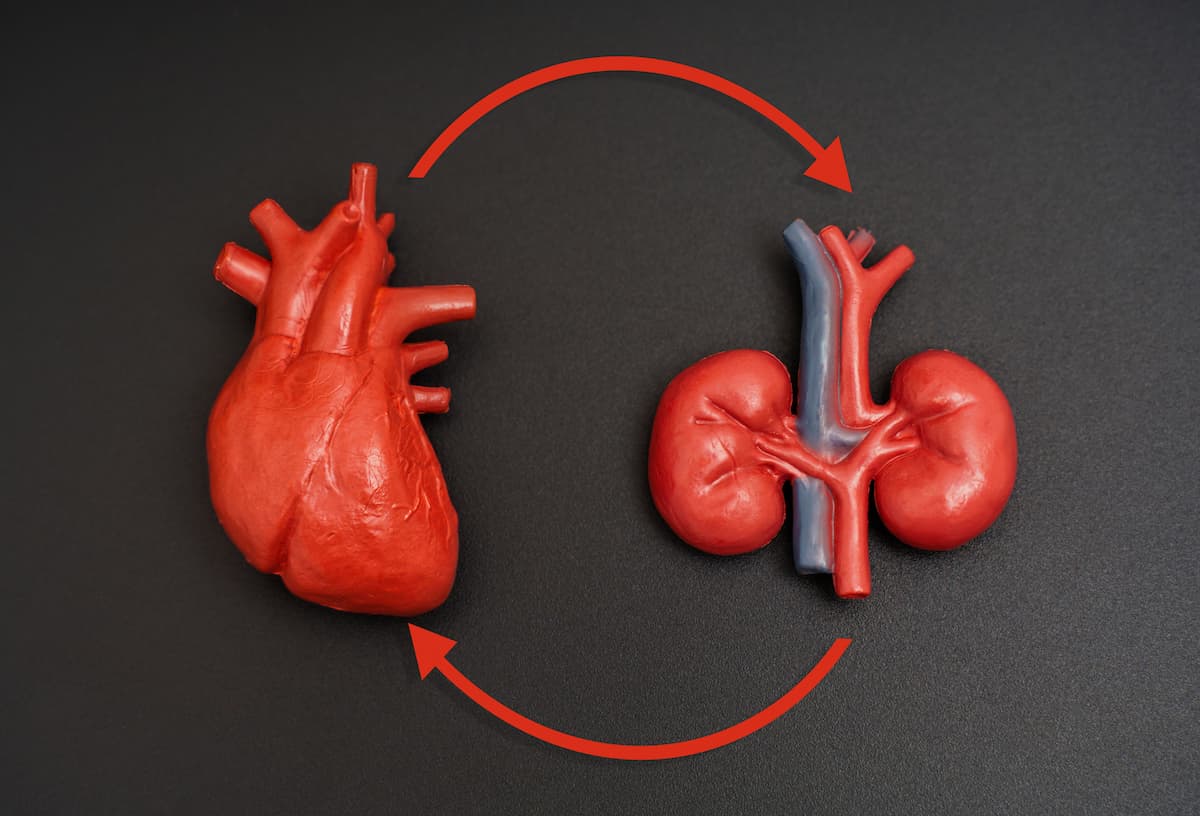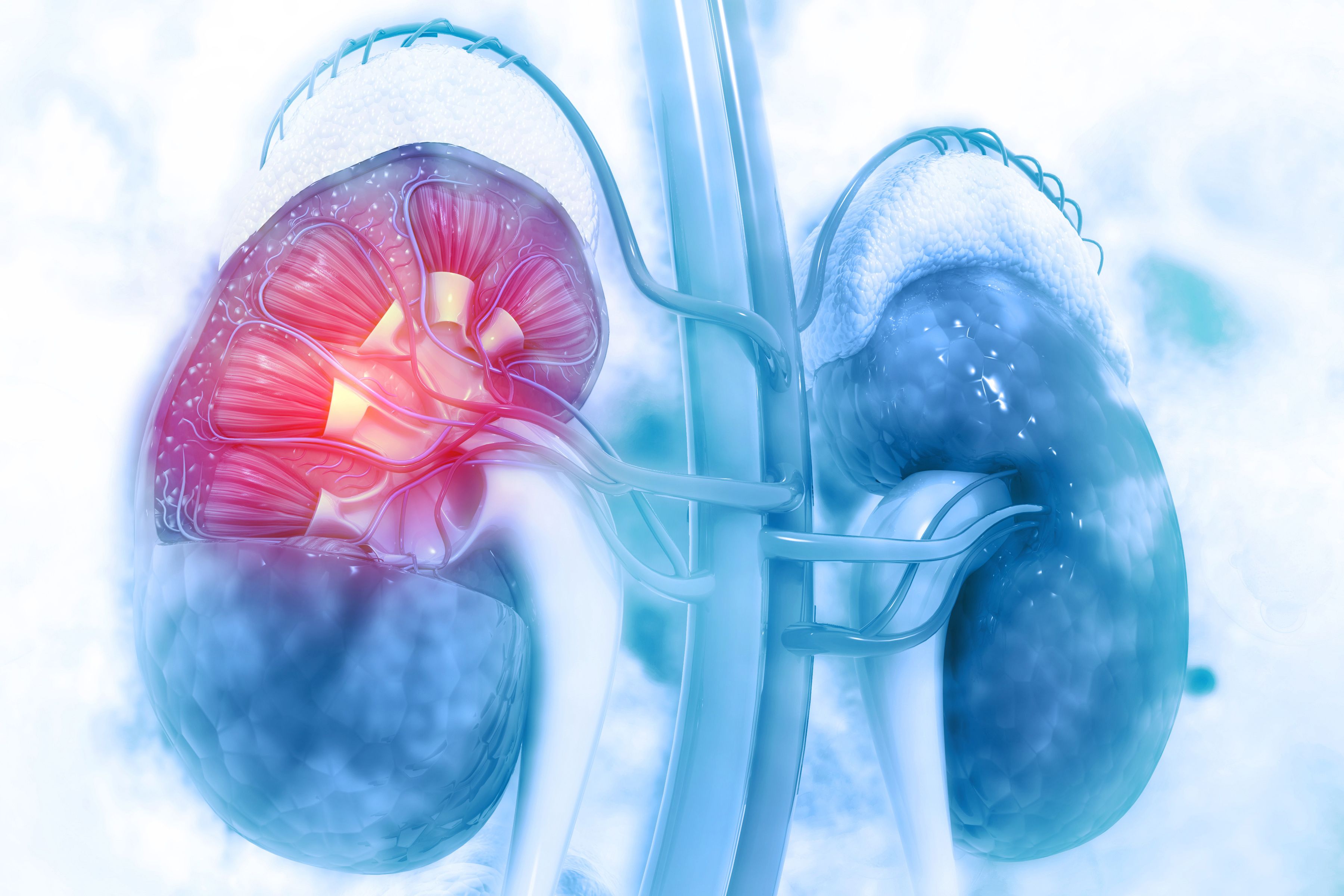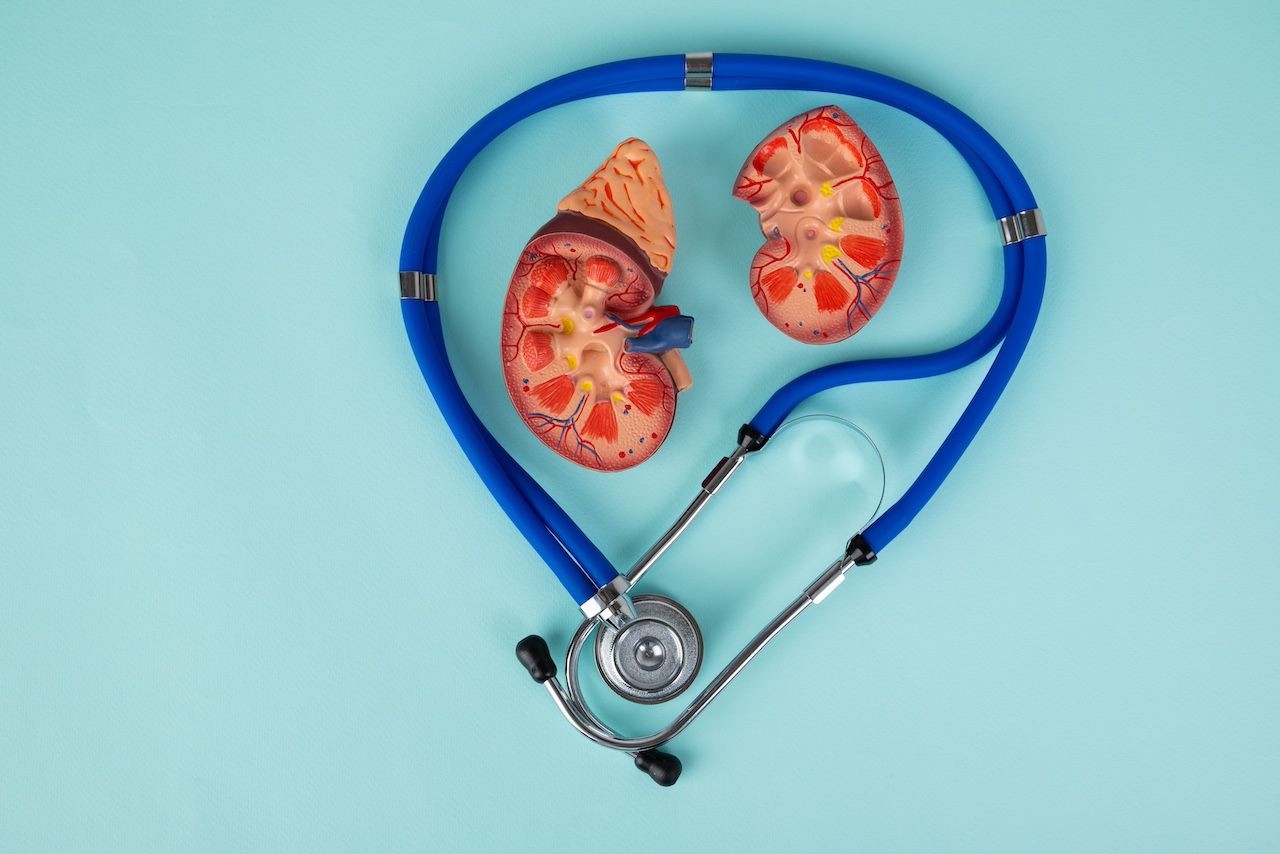Video
HIF Stabilizers for Anemia in CKD: Phase 3 Trials
A review of the HIMALAYAS, ROCKIES, and OLYMPUS phase 3 trials on the HIF stabilizer, roxadustat.
Transcript
Peter L. Salgo, MD: I know that there’s a new class of medications. They’re not just wiggles on the old stuff. These are the HIF [hypoxia-inducible factor] stimulators, stabilizers, and that’s hypoxia-inducible factor prolyl hydroxylase enzyme inhibitors [HIF-PFI]. That is the last time I’m going to say that in this broadcast. We’ll call them HIF stabilizers unless you want to call them something else. What the heck are they? How do they work? What’s the deal here?
Robert Provenzano, MD, FACP, FASN: Let me start. We’re all physician scientists. Professionally, what makes a good doctor stand out is that medicine changes so rapidly that you have to be on your toes. We are now in the 21st century and have a much better biologic-physiologic understanding of the problem of anemia, and the HIF-PHIs to me represent 21st century medicine. Let me walk through what they do. Let me start by saying in 2019, the individuals who discovered this molecule won the Nobel Prize, and one of them, Peter Ratcliffe, was a nephrologist. This is big-time stuff; this is Nobel Prize health care.
Circulating in all of us is a small molecule, HIF-alpha, that is, under normal oxygen tensions, rapidly degraded by proline hydroxylase and basically goes away. Under hypoxic situations, if you’re at elevated altitudes or in the presence of a HIF-PHI inhibitor, then HIF-alpha is not degraded. It binds with HIF-beta, is translocated into the nucleus, and then creates a natural stimulation of erythropoietin to physiologic levels. It improves utilization and transport of iron, increases iron absorption, and decreases subsiding levels, all physiologically. It is an incredible approach to anemia management.
Peter L. Salgo, MD: OK. With that being said, how do we give it? It’s synthetic at this point, right? We give it to patients who need help with their hematocrits. They’re not just all versions of ESAs [erythropoietin stimulating agents], right?
Robert Provenzano, MD, FACP, FASN: Yeah, we need to be very clear: these are not ESAs. They are small molecules, and they are administered orally. There are several. To Dan’s earlier point, some are taken once a day and some are 3 times a week: it varies a bit.
Peter L. Salgo, MD: Alright. Now, their names are going to be challenging. I know that there’s a phase 3 trial for roxadustat. How did I do on that one?
Robert Provenzano, MD, FACP, FASN: Not bad. Roxadustat.
Peter L. Salgo, MD: There’s a phase 3 trial there. There are 3 studies, right, and it’s interesting that these 3 studies are all mountaineering studies: OLYMPUS, ROCKIES, and HIMALAYAS.
Robert Provenzano, MD, FACP, FASN: Yeah, it’s in the mountains.
Peter L. Salgo, MD: Right, it goes to what you were talking about.
Robert Provenzano, MD, FACP, FASN: Exactly.
Peter L. Salgo, MD: It’s a mechanism for adjusting oxygen and hemoglobin levels for some steady state that works. What are these studies, and what do they show?
Robert Provenzano, MD, FACP, FASN: At the highest level, there were 6 studies. They were presented at the ASN [American Society of Nephrology Kidney Week], but they fall into 2 buckets: anemia management with roxadustat in patients with CKD [chronic kidney disease], patients who are not on dialysis, and then the therapy in patients undergoing dialysis. Then the dialysis population was broken down into a vulnerable subgroup: patients with incident dialysis. In other words, those people on dialysis for less than 4 months and then patients with prevalent dialysis —4 months or longer. That’s how it’s broken down. Specifically, the HIMALAYAS trial comprised patients with incident dialysis, the ROCKIES trial was patients with prevalent dialysis, and then the OLYMPUS trial also included patients with CKD.
The trials that were presented pooled all of the data. Each of the individual 6 studies was done by different pharmaceutical companies, but the data were all pooled, so we could bring some power to the safety and efficacy analysis.
Peter L. Salgo, MD: When you say we, do you know anybody who was involved in that HIMALAYAS study, by any chance?
Robert Provenzano, MD, FACP, FASN: I think that was me.
Peter L. Salgo, MD: I know that was you.
Robert Provenzano, MD, FACP, FASN: Dan was there, too. Believe me, I was with a lot of other people. To your point, this was an incredible trial; there were over 4000 individuals in each of the pooled trials— over 6000 patient-exposure years. This was the largest anemia trial done to date. It was critically important given what we knew about ESAs, that we, out of the gates, had a good understanding of this molecule.
Newsletter
Stay ahead of policy, cost, and value—subscribe to AJMC for expert insights at the intersection of clinical care and health economics.




